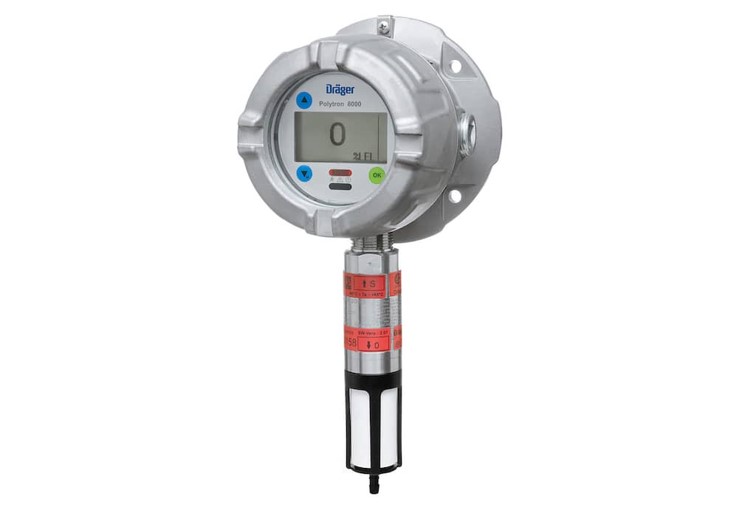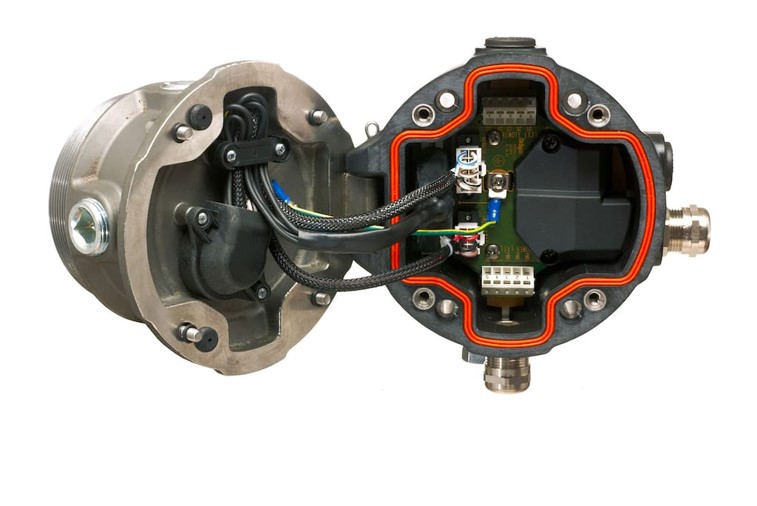The Dräger Polytron® 8310 IR is an advanced explosion proof transmitter for the detection of combustible gases in the lower explosion limit (LEL).
It uses an infrared DrägerSensor® IR that can be configured for methane, propane or ethylene. Besides a 3 wire 4 to 20 mA analogue output with relays, it also offers HART®, Modbus and Fieldbus protocols making it compatible with most control systems.
Benefit
The Dräger Polytron 8310 is equipped with digital interfaces allowing for quick and easy remote interrogation of the transmitter’s state. Integration with existing asset management systems such as PACTware™ is possible via DTM. In addition to the common HART® communication system, the fieldbus interfaces PROFIBUS® PA, FOUNDATION fieldbus™ H1, and Modbus RTU are also available.
The Dräger Polytron 8310 belongs to the Polytron 8000 series. All transmitters in this series have the same design and user interface. This allows for uniform operation with reduced training and maintenance requirements. The large graphic backlit display shows status information clearly and in an easy to use format. The measured gas concentration, selected gas type, and measuring unit are displayed during normal operation. Colored LEDs (green, yellow and red) provide additional alarm and status information. The Polytron 8310 is operated by means of a magnetic wand over contact surfaces.
Upon request, the Dräger Polytron 8310 can also be supplied with three integrated relays. This enables you to use it as an independent gas detection system with two arbitrarily adjustable concentration alarms and one fault alarm. Audible alarms, signal lights or similar devices can thus be controlled locally without an additional cable between the transmitter and central controller.
Polytron 8310 features a Class I, Div. 1 rated explosion proof enclosure made from aluminium or stainless steel, making it suitable for a wide range of environmental conditions. A protection type “e” version includes a convenient docking station which allows installation in hazardous atmospheres without running conduit (where approved) and this also facilitates pre-assembly.
The remote sensor connection housing allows you to install the sensor separately from the device electronics. This ‘external’ installation makes it easier to use if the sensor has to be installed in a difficult to access or unfavourable position.

